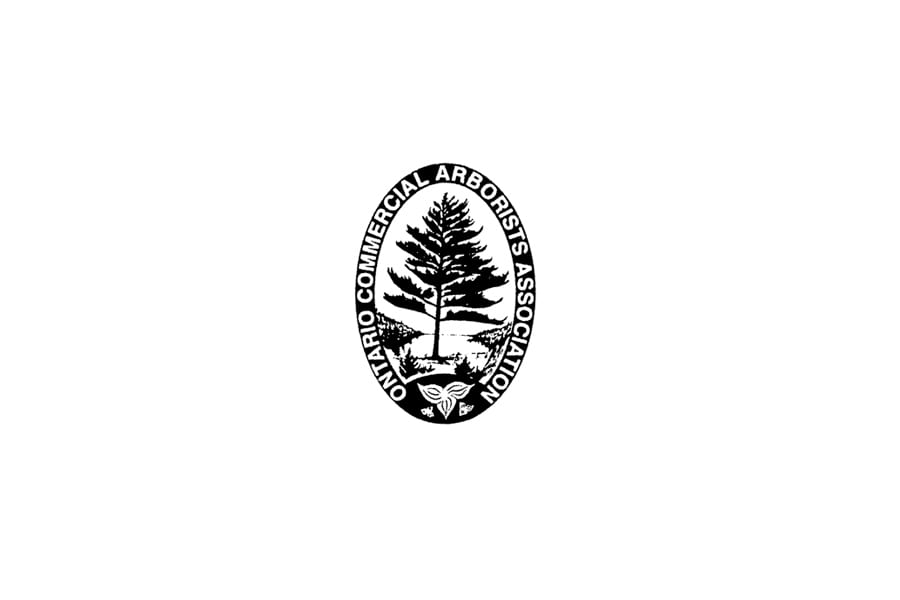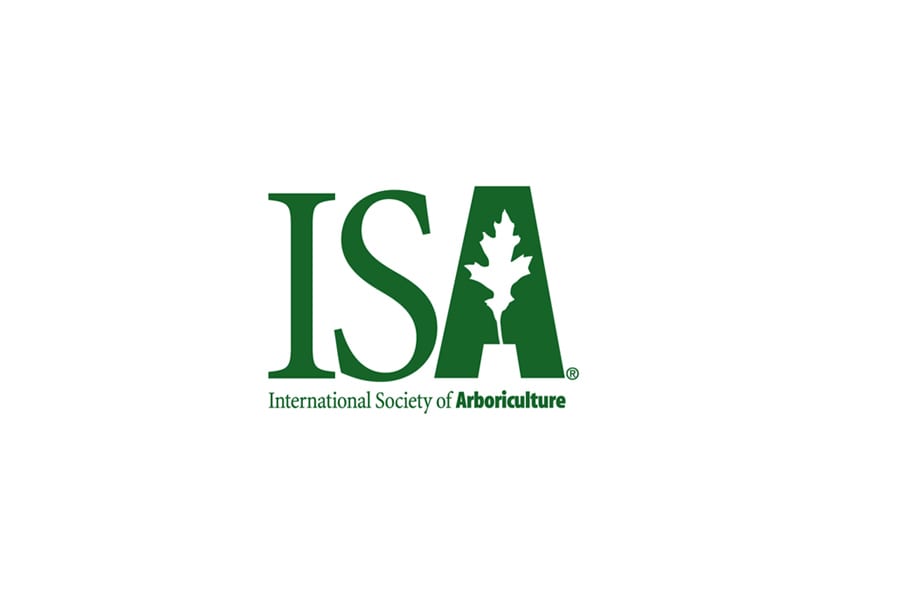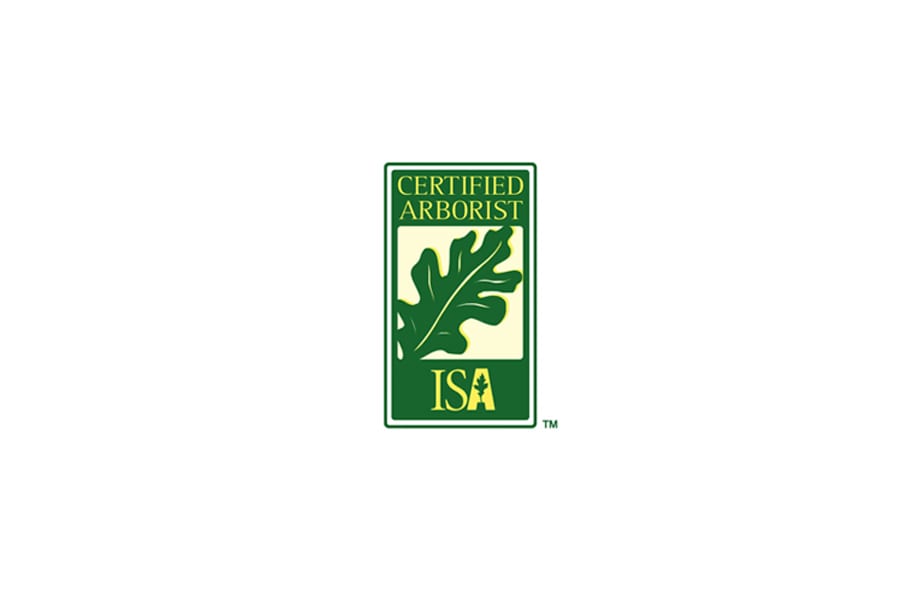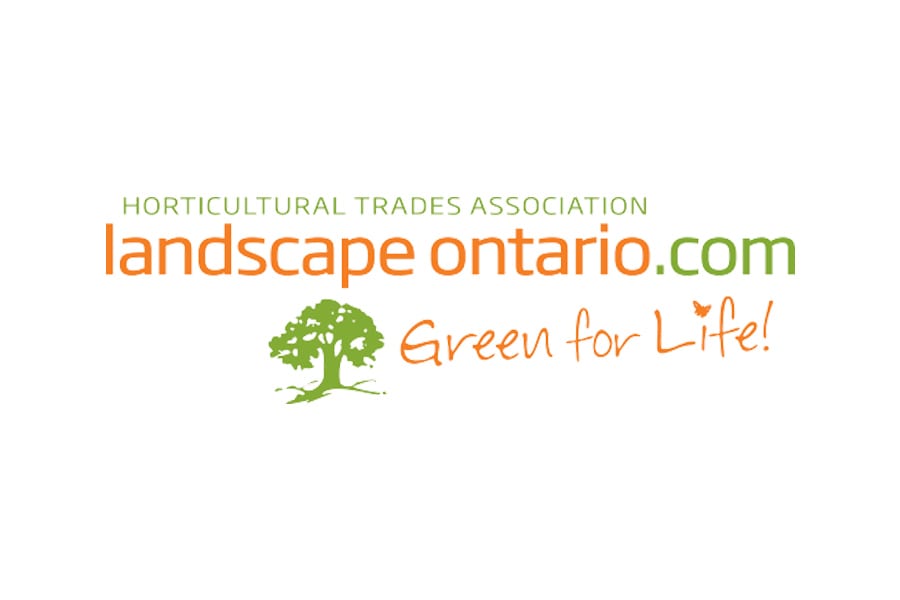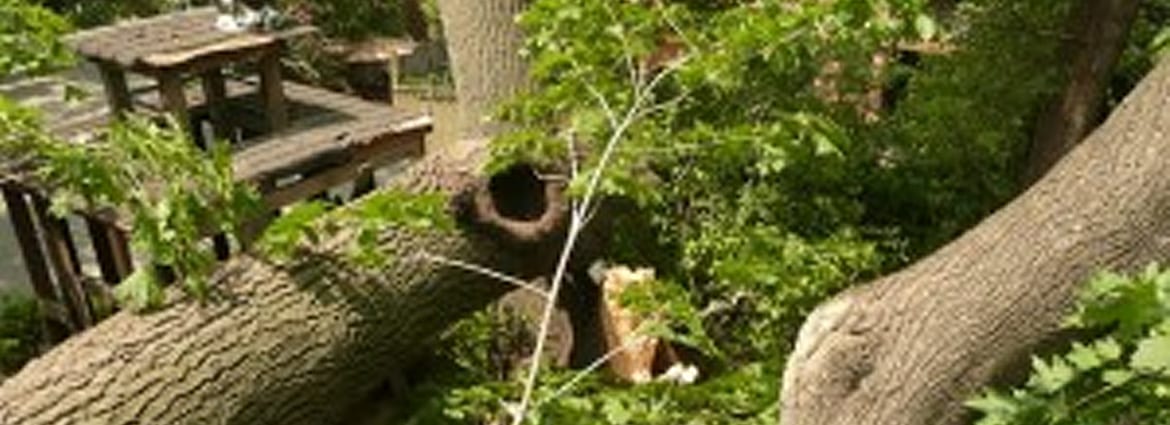
- May 7, 2014
- Dreamworks Tree Services
- Tree Removal
- 0 Comments
Consult A Tree Care Service Before Deciding To Remove A Damaged Tree
The decision to remove a tree must not be made on the spur-of-the-moment and/or on a definitive yes-or-no basis. Taking such action is permanent, and when the potential cost is also considered, it would be prudent to fully assess whether the tree must come down or if some preventative care may address the situation – and save a few dollars as well.
When a tree begins to show signs of age or damage, a homeowner might be forgiven for thinking that removal is the only viable action or option. Fortunately, this is not always the case, as there may be opportunity and good reason for specialized care through the use of a tree bracing or cabling service.
There are many factors that may compromise the structural integrity of a tree, such as:
- Lack of care/proper pruning (or no tree care/pruning at all)
- Storm damage (wind, ice, lightning)
- Poor natural structure
- The type of wood (specifically softer wood)
- Overall age and weight of the branches
In turn, physical signs of age and/or compromised integrity could be any combination of:
- Sagging branches
- Broken branches
- Visible cracks in the trunk or junctions
- Crossed limbs
- Uneven distribution of larger limbs
- Creaking sounds (with air movement or under the weight of snow/ice)
- Dead or diseased limbs
When such signs are evident, a professional assessment or inspection of the tree by an arborist or tree care service may determine that the tree has sufficient overall health and can indeed be structurally fortified by appropriate cabling or bracing techniques.
Similarities And Differences Between Cabling And Bracing
Cabling and bracing techniques are used for the purpose of reinforcing or supporting the structural integrity of a tree. There are primarily three common reasons for tree care via cabling and bracing:
- Preventative care – avoid stress damage from weather conditions/excessive weight
- Restorative care – in an effort to extend the life of the tree (without any guarantees)
- Alleviation of potential hazard or danger – to people and property or to the tree itself
Although the two techniques share these common tree care goals, there are distinctive differences in relation to when each form of service is more appropriate and where each should be applied within the physical structure of the tree.
Cabling
- Requires the installation of steel cables between major branches
- Most commonly used in the upper canopy of the tree
- Redistributes structural stress among the major branches connected
- Reduces potential stress damage from severe weather conditions
- Allows branches some flexibility in terms of swaying/natural movement
Bracing
- Involves the insertion of solid steel rods (a more invasive procedure)
- Usually installed lower in the tree (above and/or below the damage or crack)
- Fastens splits in the trunk or at major branch junctions
- Almost always supplemented by the use of cabling
- More rigid – restricts swaying or movement
With both cabling and bracing services, it is important to remember that they are only considered to be preventative actions and they should be used when the overall health of the tree is favourable. As well, these tree care measures should be inspected on a regular basis to ensure that they remain effective and/or whether any adjustments are required in response to their effectiveness.
The application of such tree care techniques, along with any and all related inspections, should be performed by a trained arborist or a professional tree care service such as DreamWorks Tree Services. The experts have the expertise and the knowledge to determine if, when, where, and how to use tree cabling and bracing most appropriately in caring for your damaged or weakened trees.
To inspect your damaged or weak trees and determine whether preventative tree care services are warranted, call DreamWorks Tree Services today at 647-924-2627 or 1-800-407-9917 or contact us to discuss how our specialists can help preserve your trees and protect your property.








